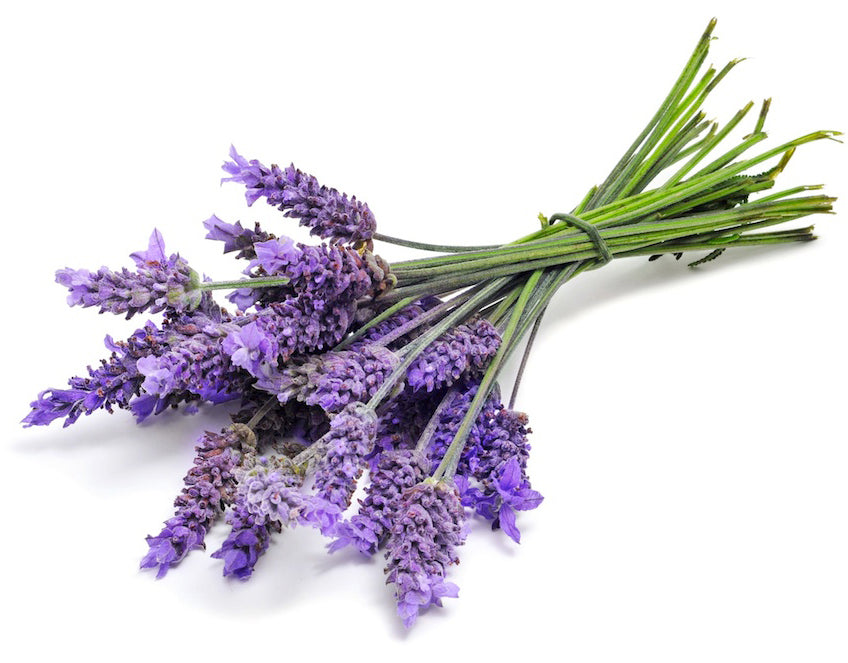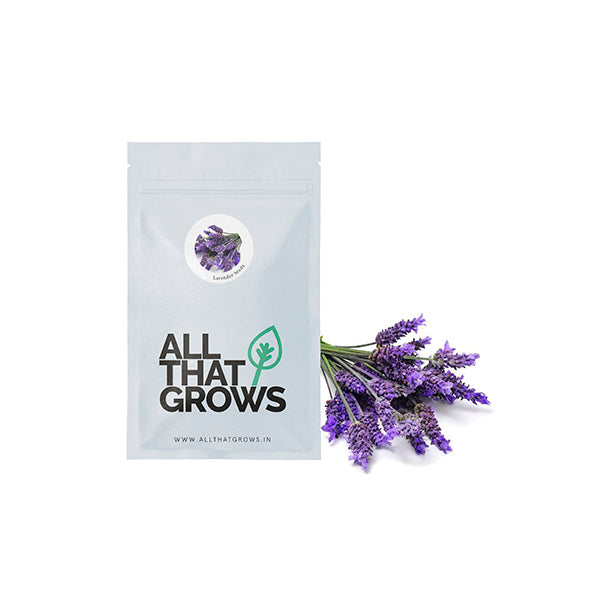



- SOWING
TIMESeptember to October
- Sowing
Distance60-70 cms between plants
- Fruit
WeightN/A
- Fruit
ShapeN/A
- Days to
maturity110-140 days after sowing
- Details
- How to sow
- Reviews
Lavender is a perennial herb plant with heavenly fragrance. This plant grows in cool climates and mostly in areas that are not very hot or humid. Surprisingly, this is a genus from the mint family and the color lavender is actually named after 'lavandula angustifolia,' the most widely cultivated flower species. There are hundreds of different varieties of lavender; each one with its own special quality such as plant or flower size, flower or leaf color, fragrance or hardiness. Although lavender is usually associated with shades of blue, plants are available in varying hues of purple and lilac, white, pink, mauve and even yellow. Lavender is known to have numerous healing properties but is majorly used in the production of essential fragrance oils. It can help relieve headache, migraines and insomnia. It has soothing properties and is often associated with calming the nerves or relieving anxiety.
Planting instructions
Prefer a very light mix instead of a traditional potting mix that drains very easily and quickly.
Sow the seeds early from September to October and place the seed tray in a warm location for better germination of the seeds.
The seedlings are likely to germinate in two weeks.
Do not exclude sunlight as it plays a great role in the germination of the seedlings.
Growing Requirements
soil
Lavender prefers well-drained, fertile soil for its optimum growth.
spot
Lavender grown outdoors prefers full sun.
temperature
For best results, grow these seeds at a temperature ranging between 70-75°F.
watering
Water moderately and make sure that the soil is not too moist. In case of necessity, water from below.
how to harvest
Prune and harvest once the flowers start to bloom.
You can gather the flowers into a bunch.
Chop the lavender stems properly for better blooming. Get rid of the dead leaf matter.
Use a scissor to cut the lavender above the woody growth.

Customer Reviews
The productiveness of any seed we sell is subject to your local climatic conditions*, the sowing method you adopt, and your commitment to the planting process. We give no warranty, expressed or implied, and are in no way responsible for the produce.
Please note that all our seasonal recommendations/ sowing information is as per the local climatic conditions. *For more information on the optimum conditions required for growing seeds in your region, please contact us at, hello@allthatgrows.in or Whatsapp us at, +91 8544865077
Questions & Answers
Ask a Question-
Hi, I am from Bangalore, India. I am looking for Lavender seeds, Could you please let me know if this can be grown in Bangalore climate and which is the best month to plant Lavender. Thanks for your help in advance. Athulya
Hi Athulya,
Thanks for reaching out to us. Two major factors in growing lavender are full sun and good drainage. You can plant lavender in April or wait till the end of monsoon In case you have difficulty in the germination of lavender, you can try to sprout the seeds first indoors and then transplant them outdoors.
For more information, please find the below link:
https://www.allthatgrows.in/products/lavender-seeds
Hope this Helps.
Team
AllThatGrows -
Cash on delivery available
Hi Seyie,
Greetings of the day
Please be informed that due to covid situations, COD payment option is inactive.
Once we are back with the COD option, we will update you.
Let us know for more concerns.
Thank you.




Lavender Seeds
Seed Type : Non-Hybrid, Open Pollinated and Non-GMO
Flower character : Spiky with strong fragrance
Leaf character : Silvery or grey-green leaves
No. of cuttings : As per requirement, when the leaves mature.
Lavender is a perennial herb plant with heavenly fragrance. This plant grows in cool climates and mostly in areas that are not very hot or humid. Surprisingly, this is a genus from the mint family and the color lavender is actually named after 'lavandula angustifolia,' the most widely cultivated flower species. There are hundreds of different varieties of lavender; each one with its own special quality such as plant or flower size, flower or leaf color, fragrance or hardiness. Although lavender is usually associated with shades of blue, plants are available in varying hues of purple and lilac, white, pink, mauve and even yellow. Lavender is known to have numerous healing properties but is majorly used in the production of essential fragrance oils. It can help relieve headache, migraines and insomnia. It has soothing properties and is often associated with calming the nerves or relieving anxiety.
Seed Type : Non-Hybrid, Open Pollinated and Non-GMO
Flower character : Spiky with strong fragrance
Leaf character : Silvery or grey-green leaves
No. of cuttings : As per requirement, when the leaves mature.
- SOWING
TIMESeptember to October
- Sowing
Distance60-70 cms between plants
- Fruit
WeightN/A
- Fruit
ShapeN/A
- Days to
maturity110-140 days after sowing
Planting instructions
Prefer a very light mix instead of a traditional potting mix that drains very easily and quickly.
Sow the seeds early from September to October and place the seed tray in a warm location for better germination of the seeds.
The seedlings are likely to germinate in two weeks.
Do not exclude sunlight as it plays a great role in the germination of the seedlings.
Growing Requirements
soil
Lavender prefers well-drained, fertile soil for its optimum growth.
spot
Lavender grown outdoors prefers full sun.
temperature
For best results, grow these seeds at a temperature ranging between 70-75°F.
watering
Water moderately and make sure that the soil is not too moist. In case of necessity, water from below.
how to harvest
Prune and harvest once the flowers start to bloom.
You can gather the flowers into a bunch.
Chop the lavender stems properly for better blooming. Get rid of the dead leaf matter.
Use a scissor to cut the lavender above the woody growth.



 Sign In
Sign In








